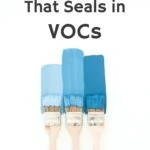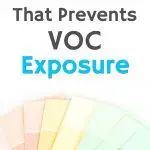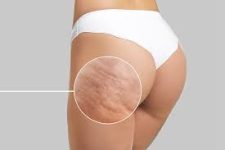AFM Safecoat Review: Can Paint Seal in VOCs?
9 min read
If you are concerned about VOCs in your home, you might have read about AFM Safecoat Safe Seal or Safecoat Primer. The company has a range of VOC sealant products that promise to reduce potentially toxic chemicals coming out of new paint, new furniture, cabinetry, etc.

Is There a VOC Sealant That Works?
Can a paint seal in VOCs from off gassing into your indoor air from walls, cabinets, furniture, flooring, etc?
If you could have healthier air inside your home with just the stroke of a paint brush, wouldn’t it be great?
That’s what I was wondering, too. Especially when I started living in an RV for a year and the smell of formaldehyde instantly and severely made me sick. I had to do something immediately.

After all of my research, AFM Safecoat paint and AFM Safecoat Safe Seal kept coming up over and over again as the best answer to fix existing VOCs that were off gassing.
So I decided to try out the products so that I could do an honest AFM Safecoat review. After all, I would soon find out if Safecoat Safe Seal actually did what it claims to do based on how my health improved (or not).
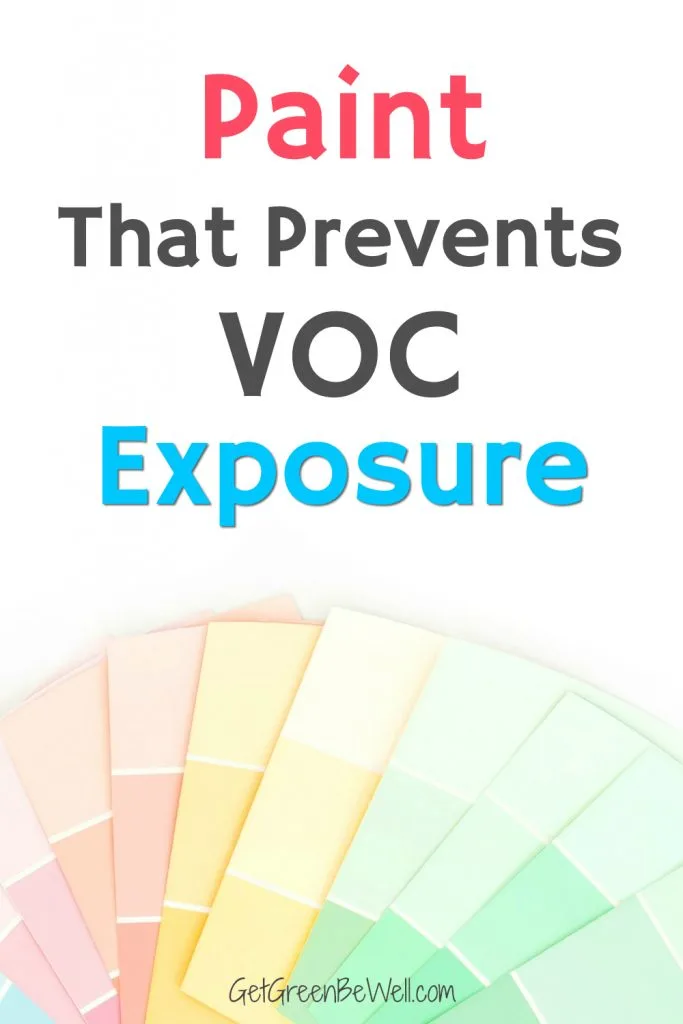
How You’re Exposed to Too Many VOCs
As much as you might try to only bring in healthy home décor and furniture into your home, you might be shocked to know that VOCs offgas from so many common items in your home. Every day things such as:
- Cabinetry
- Furniture
- Flooring
- Paints
- Stains
- Varnishes
Among the biggest offenders of off gassing VOCs is anything made with a wood veneer. Think of any products that look like real wood, but aren’t made with real wood, such as:
- Cabinets
- Engineered hardwood floors
- Furniture
- Shelving
- Other pieces of home décor
Not sure how to tell if you have fake wood veneer or real wood products? If you didn’t experience sticker shock when buying it, chances are probably good that you have a wood veneer. LOL! But to be honest, if the wood likes really shiny and somewhat fake, it’s a veneer.
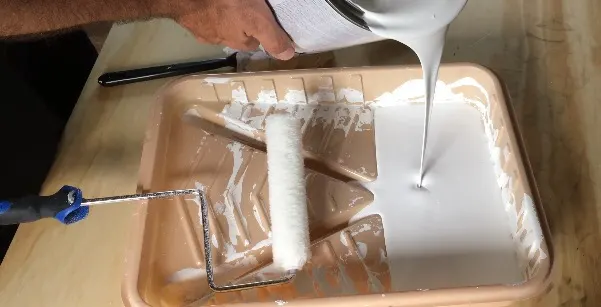
Another common offender for offgassing VOCs is paint (or products that you put on like paint).
A lot of home interior paints are now low- or no-VOC, however oil-based products, primers, varnishes, stains, sealers and more can contain high doses of VOCs.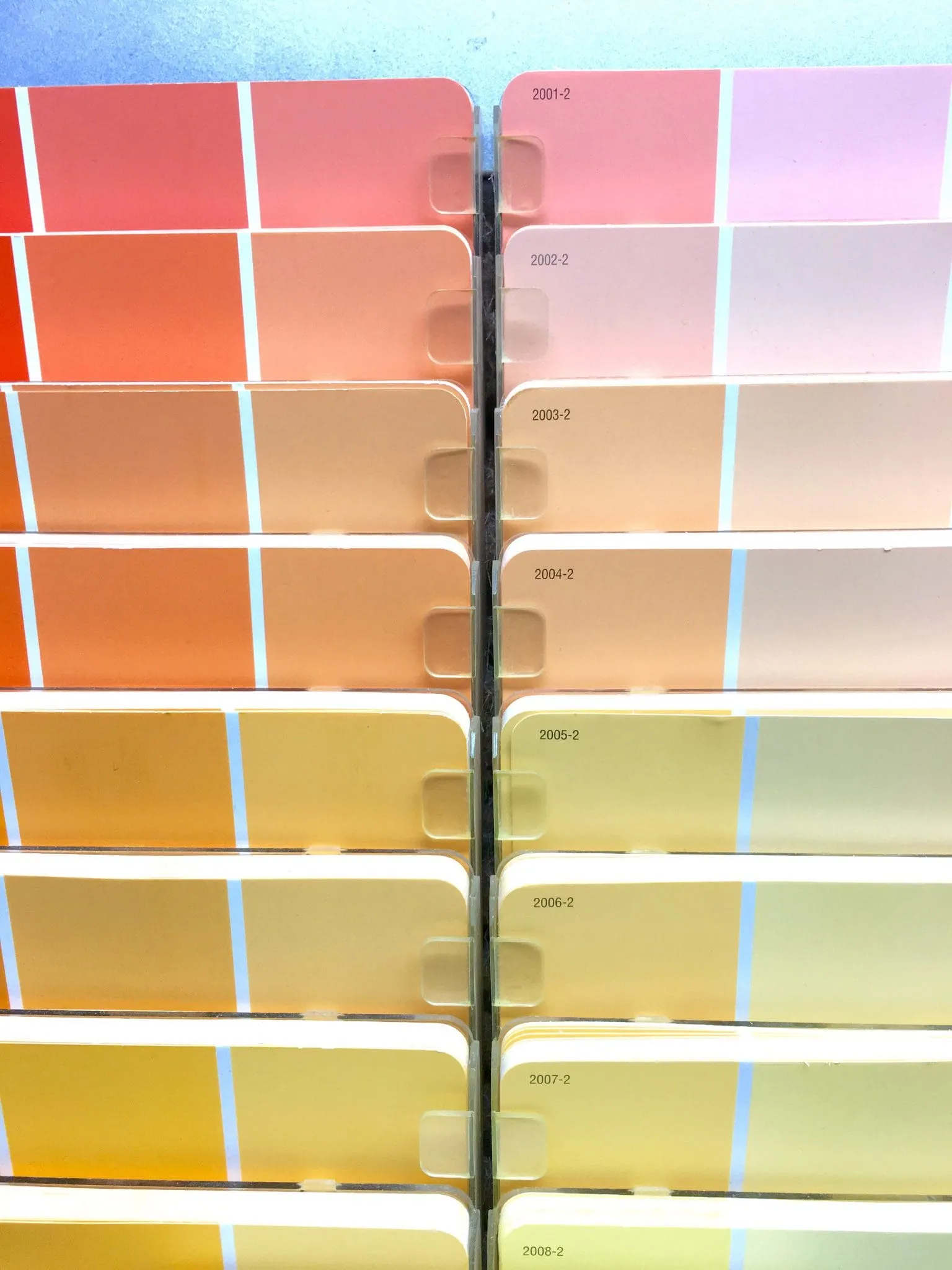
So, chances are you’ve got a VOC problem in your home. Which can contribute to sick building syndrome, which can cause all kinds of different health problems.
You can get a VOC testing kit to get a scientific analysis of how many VOCs are in your indoor air. This personal air monitor can instantly tell you a quick snapshot of your VOC levels.
Of course, you don’t need to test. You could just be precautious about avoiding VOC exposure and go ahead and use an AFM Safecoat product for a VOC sealant.
What is AFM Safecoat?
If you want a quick fix, AFM Safecoat offers a variety of more than 30 sealers, paints, primers, stains, fishes and more.
All of these products promise to help to seal in VOCs in the walls, flooring, cabinets, furniture, or other home décor.
The AFM Safecoat products have been on the market for more than 40 years, developed with the help of environmental medicine physicians. In fact, doctors often recommend AFM Safecoat for chemically sensitive patients.
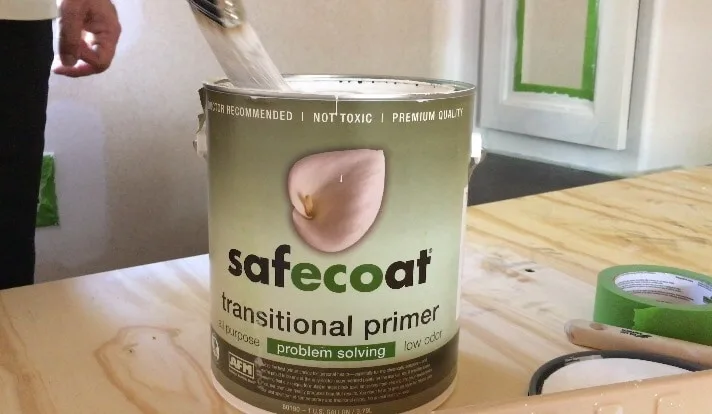
Why I Needed to Put AFM Safecoat Safe Seal to the Test
I have always been so careful to only buy no-VOC paints to not only avoid toxins, but also the horrible, headache-inducing smell from normal paints.
(Even when Home Depot required that I buy a six-pack of no-VOC Behr gallon-sized paints directly from the manufacturer, have it shipped to my home, and then bring in the paint to be tinted in-store. This was back in 2006. Oh, how times have changed for the better!)
I also try to avoid wood veneers at all costs.
When we were designing our new home to build in NC, I OBSESSED about 1/10% points of formaldehyde emissions from products.
RVs and VOC Emissions
However, my best laid plans went instantly awry when we decided to RV.
The dream of building a green and healthy home quickly ended when builders were going to charge a ridiculous amount in a booming housing market. A sudden and quick need to get my husband out of his job for medical reasons meant we made a snap decision to travel the U.S. in an RV while we tried to regroup and figure out what to do.
We bought a new RV, started traveling, and it became a health nightmare instantly. I had never investigated the health problems of RVs before, and I certainly never thought a home could be sold with such an insane amount of off gassing formaldehyde levels.
It just never occurred to me in the confusion of trying to rearrange our life in a matter of weeks. Until I woke up the first night with my throat feeling scratchy and on fire, my eyes watering uncontrollably and my head pounding.
Oh, and I had only been in the RV for less than 24 hours.
So four weeks into our RVing trip, I was sitting at the kitchen table desperately trying to find my options for getting rid of VOCs in my new tiny home. And I found AFM Safecoat products.
We decided to try out AFM Safecoat Transitional Primer and Safecoat Safe Seal. (I really had no other choice at that point!) I contacted AFM Safecoat and was sent products to review to try in our RV.
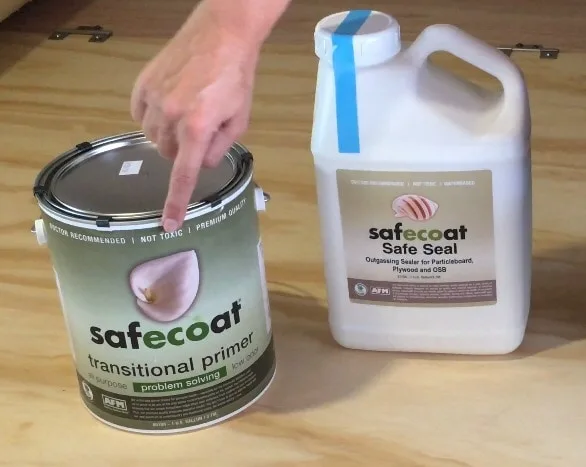
AFM Safecoat Transitional Primer Review – There Is a Safecoat Primer!
Before deciding to try AFM Safecoat products, I read a LOT of reviews. Well, actually the ones that I could find. There’s not too many online reviews.
The common theme in every review – whether positive or negative – was the smell of the products and the fact that the Safecoat Safe Seal was very watery.
I would whole heartedly agree with those statements.
Smell
My biggest challenge with AFM Safecoat Transitional Primer was the smell. The primer is non-toxic, so I was optimistically cautious about how much the primer would smell.
Other people in their AFM Safecoat reviews talked about needing someone else to paint their homes when using the AFM Safecoat products if they were chemically sensitive. I completely agree.
You can have a non-toxic product that smells but has no nasty chemicals.
And you can have a non-smelling product that contains lots of nasty chemicals you wouldn’t want to be breathing in.
It’s weird, but true.
I do have chemical sensitivities. I can’t handle strong smells of any sort. Especially chemical smells.
To put things in perspective, I can kind of tolerate applying a no-VOC paint. But only with tons of air flow and airing out the place as I’m painting – and then leaving the property for a day afterwards.
My husband usually does any of the painting that needs to be done in our home. God Bless Him.
So after we opened the AFM Safecoat Transitional Primer, the smell pretty much alerted me to the fact that he’d have to be painting with it alone.
The spec sheet for the product does state “If you are chemically sensitive, always test for personal tolerance.” My husband isn’t what we’d call “chemically sensitive,” yet he was complaining about how much it smelled. Still, we pressed on……..
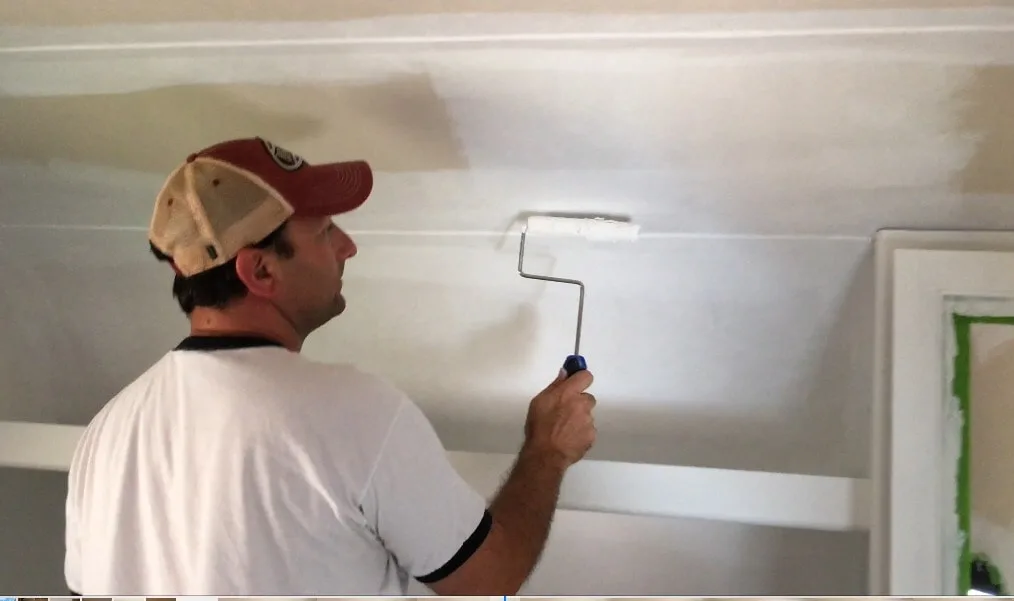
He painted the bedroom with AFM Safecoat Transitional Primer, then we topped with a different brand of no-VOC paint.
A no-VOC paint from a different brand could technically have other chemicals and emissions (it’s complicated, I know). But we weren’t prepared to order AFM Safecoat paint, too.
My husband got sick from painting with the products. Usually he can handle some small amounts of painting. But painting the tiny bedroom was enough to make him really sick.
In all honestly, it could be the lack of ventilation with painting a tiny room in an RV compared to a large room. That certainly could have been the problem.
BUT, we had both windows open, two fans blowing air out of the windows, and the air conditioning running. All windows and doors throughout the trailer were left open, with the air conditioning running non-stop all day. The weather was not too hot or humid. About seventy degrees with low humidity.
We used all of these ventilation procedures for several days afterwards and the smell lingered.
When we went to paint the bathroom of our RV, my husband did not want to use the AFM Safecoat Primer simply because he got so sick the first time. I couldn’t argue.
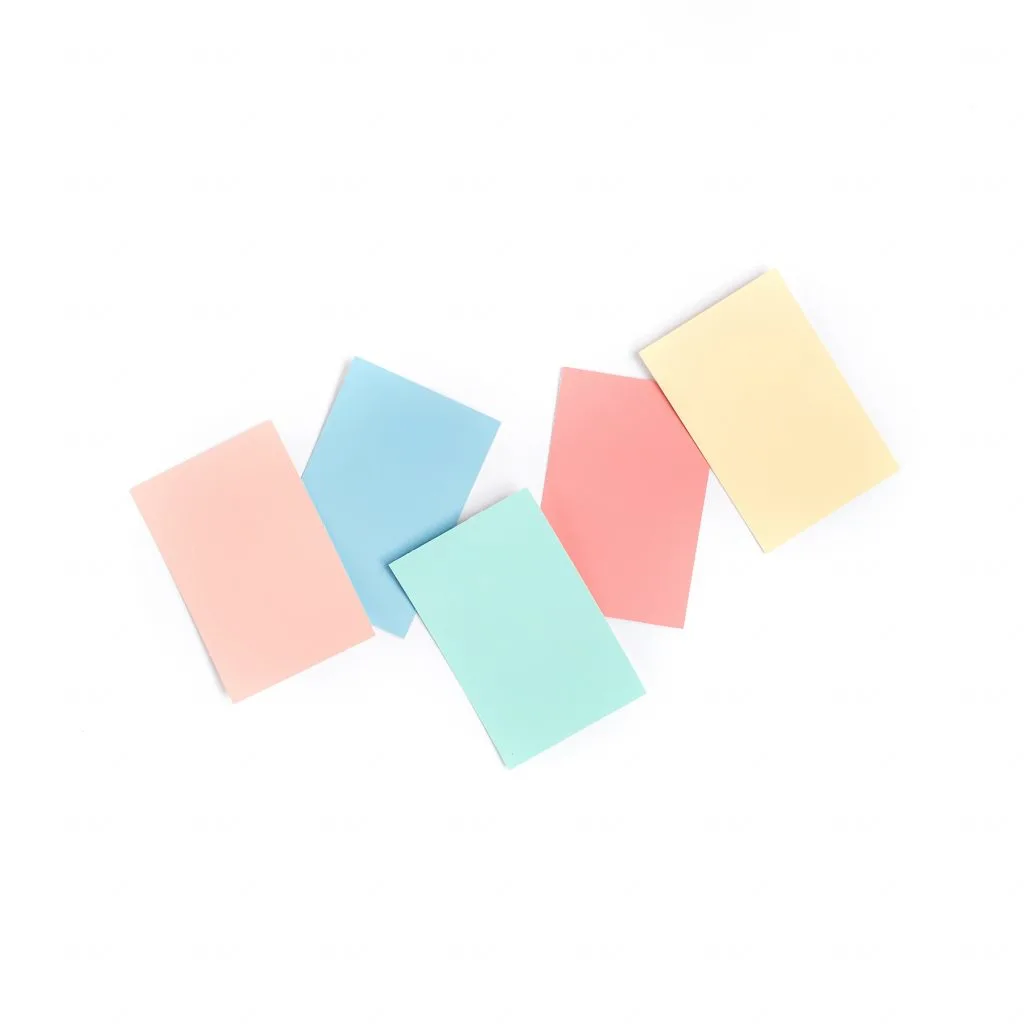
AFM Safecoat Safe Seal Review
We also tried out the AFM Safecoat Safe Seal. It has a very watery consistency.
Safe Seal goes on clear, and we thought we’d use it to seal all of the veneer cabinetry in our RV. After using it to coat the plywood that our mattress sits on in the bedroom, we decided against trying to coat any of the cabinets.
Trying to brush on the watery-like substance was challenging, plus it dried about as quickly as it was put on.
I did test my air quality index inside my RV after painting, but I have no reference points from before the primer and sealers were applied. So I honestly don’t know if the VOC levels or the formaldehyde levels dropped or not.
There was so much cabinetry and laminate flooring inside my RV, that by painting only the bedroom, I don’t know how much good I did to drop the VOC levels with the primers and sealers.
In addition, we had to live elsewhere for several days while the paint odor disappeared.
Pin It to save for later or share with friends!
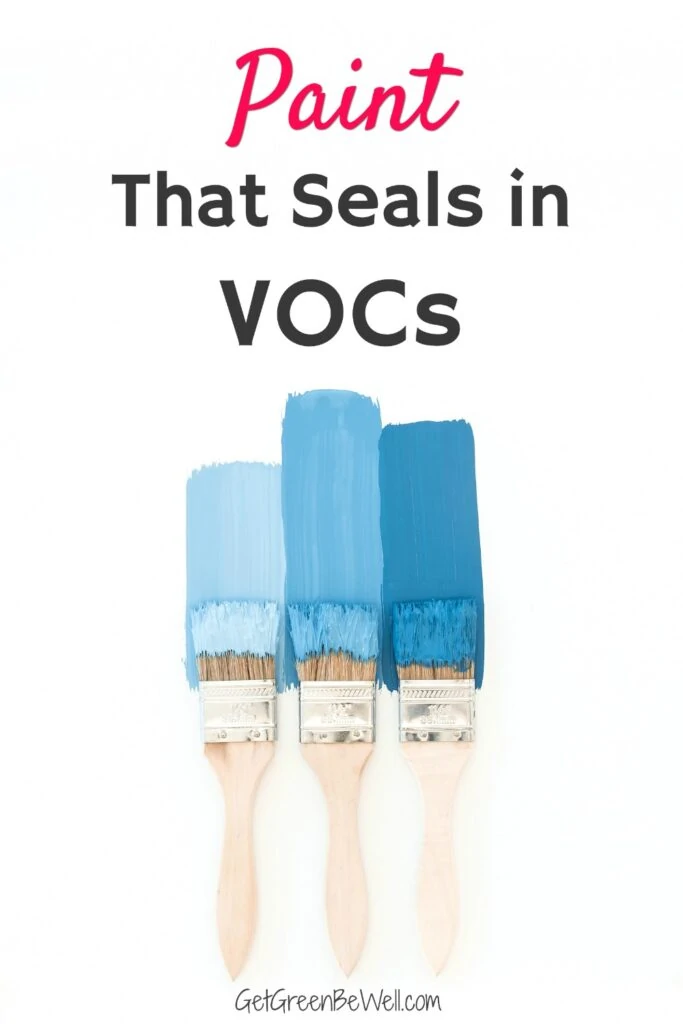
Would I Suggest Using AFM Safecoat Safe Seal, Hard Seal or Paint?
AFM Safecoat Transitional Primer and AFM Safecoat Safe Seal IS an easy solution for most people to use to reduce their VOC exposure.
If you are sensitive to smells, though, you definitely want to get a sample before buying a gallon. If you don’t test the product beforehand, then perhaps be prepared to either pay someone to apply it for you, or invest in a good respirator when applying it and live somewhere else for a few days if you don’t like the smell.
- I personally believe that the products do work. I don’t have any test results myself, but there are independent tests available to show that formaldehyde emissions have been reduced by 90%.
- The AFM Safecoat products that I used truly did work great. The primer bonded great and provided great coverage. The Safe Seal dried clear and evenly.
- With a variety of products, there are plenty of AFM products to seal just about everything in your house or building site.
- AFM products are probably going to be most used by people with chemical sensitivities. People with chemical sensitivities might think that since the products are non-toxic, they’ll be able to apply them. Some people might. Others might not. I’d suggest reading the FAQs on the AFM Safecoat site.
- If you are sensitive to smells, you might need to have someone else paint the room, building, product, etc. You might need to leave the house until the smell disappears.
- Samples are available online. Trying out the products beforehand would be wise.
As a chemically sensitive person trying to find an easy solution to creating a healthier home, I would suggest AFM Safecoat products. Especially when painting over VOC paint to seal in the VOCs.
Where to Buy Safecoat
AFM Safecoat is a specialty product for sure. So you might think it’s hard to find.
Yet it’s not!
Safecoat paint, Safecoat Safe Seal, Safecoat Hard Seal and more products can be found on the AFM Safecoat Amazon page.
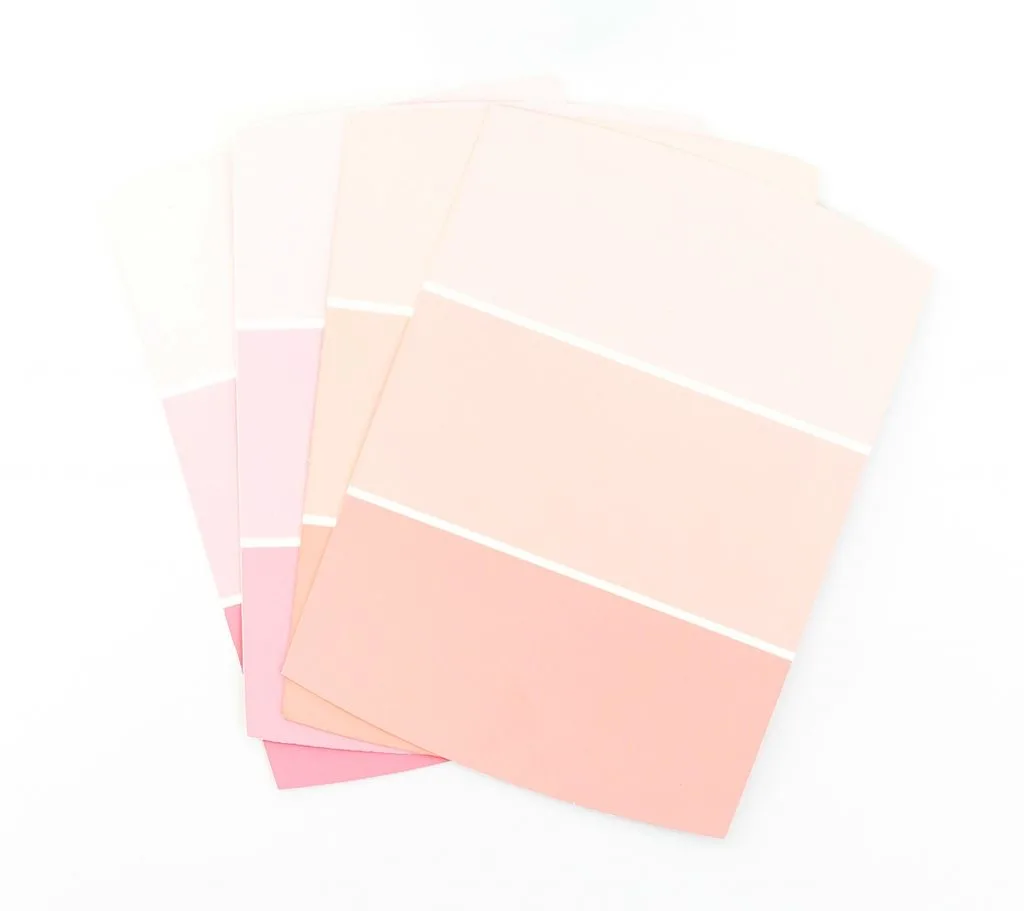
The Green Design Center also has lots of Safecoat products. This is where I bought my AFM Safecoat paint for a crazy good deal on their Oops rack online, which is clearance prices. I got free shipping and a really deep discount on the available colors.
You cannot buy AFM Safecoat on their website, however they do have a Store Locator so you can find a local dealer.
Unfortunately, AFM Safecoat is not yet sold in Home Depot or Lowes. Although I hope they start stocking the VOC sealants soon.
